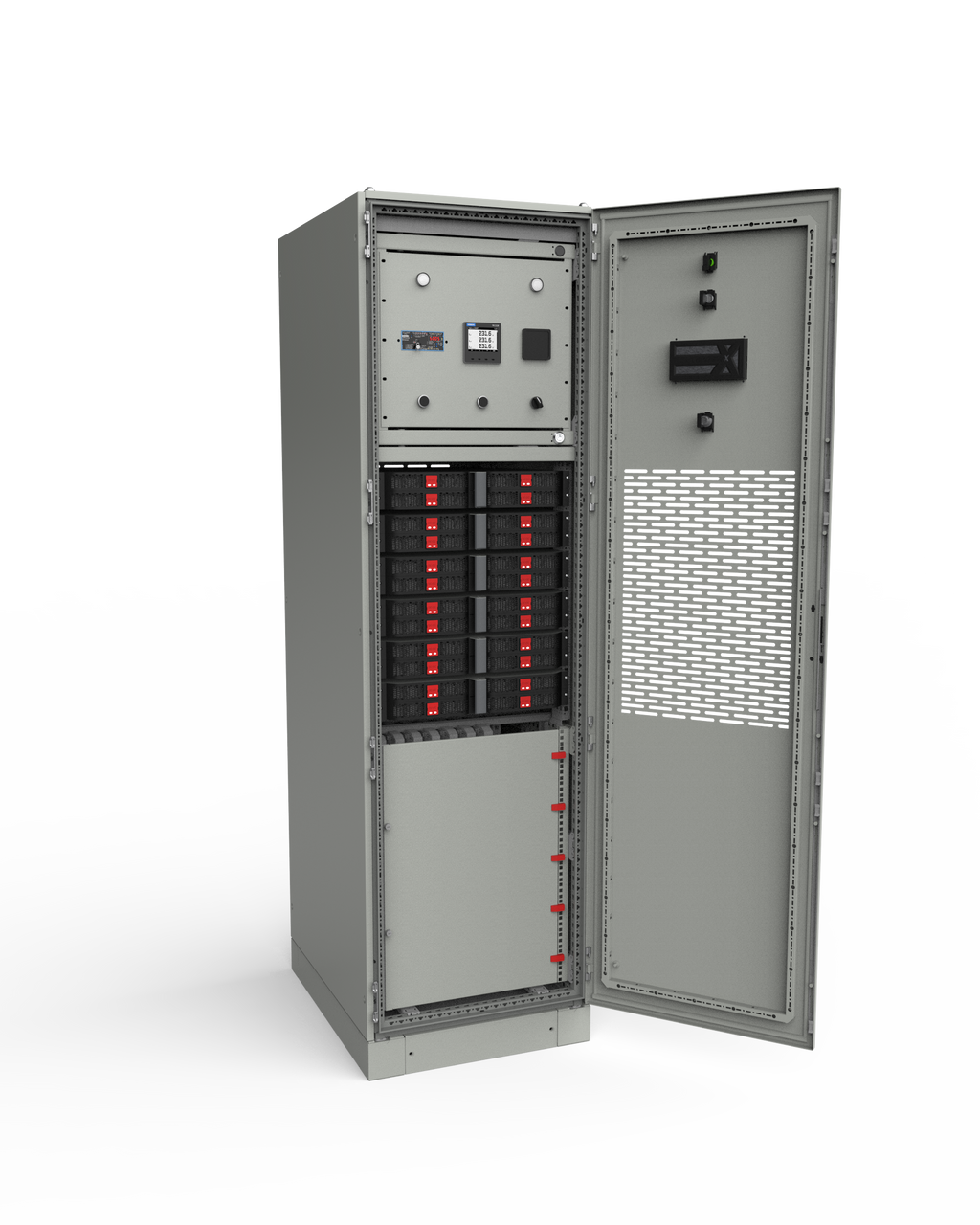Monitor one or multiple sites with one tool. It connects to CE+T and third-party devices for full visibility, smart control and simplified maintenance.
Energy Market Transformation: Matching Consumption with Availability

The principle is simple: for the grid to stay in balance, electricity consumption must constantly match electricity production. In the past, with conventional power plants, production adjusted to consumer needs. Today, with renewable energy sources, production is no longer constant and often lags behind consumer demands.
Dynamic Pricing Trends
To secure the best rates, all businesses will benefit from smoothing their consumption (and avoiding peaks that determine the rates they will face), consuming their own production, and injecting excess energy into the grid when rates are favorable.
“The trend toward dynamic pricing, which could vary every quarter hour, will expose businesses more to market realities and encourage their leaders to invest in photovoltaic panels, batteries, or UPS-type no-break solutions. Those who have already taken this step consider these investments as ‘no regret decisions,’” explains Damien Ernst, a researcher at the Faculty of Applied Sciences of ULiège.
Batteries for Better Rates and Greater Autonomy
A company that generates energy, for example, through PV panels, has more reason than ever to consider the possibility of storing what it doesn’t use immediately to defer consumption. “On average, a company that produces photovoltaic energy consumes only one-third of its production. With a storage solution, it can consume 65%. And with intelligent monitoring, charging periods can adapt to the company’s needs, injecting energy into the grid when rates are favorable,” says Marc Van Goidsenhoven, Sales Manager at CE+T.
Benefits of Energy Storage
- Reduce energy bills (subscription, peak reduction that sets the rate, consumption cost reduction).
- Safeguard against potential grid outages.
- Achieve decarbonization goals.
- In specific cases, achieve grid independence (off-grid) or at least significantly increase autonomy.
CE+T offers bidirectional and modular converters that, when combined with a controller, allow energy flows to be directed into and out of the battery based on energy cost, company needs, and grid requirements. “Our main advantage is offering modular solutions that can easily expand as the company evolves,” explains Olivier Bomboir, CCO of CE+T.
Illustrating with a Real-Life Case Study

A CE+T partner offers solar trackers that follow the sun’s orientation and elevation. These trackers optimize energy production and are particularly suitable for the agricultural sector and self-consumption. Through the use of artificial intelligence, it is possible to extend the benefits of trackers by storing energy, for example, for morning and evening milking sessions, enabling the use of solar energy even in the absence of sunlight.
To ensure business continuity, even in the event of a power outage, this solar tracker producer collaborates with CE+T and utilizes their Sierra solution, which ensures the conversion and storage of excess energy, increasing the installation’s autonomy and resilience.
The company is based in Brittany, a French region where the reliability of the electrical grid is considered fragile. Due to this situation, farmers in the region attach great importance to maintaining milking operations even in the event of a grid interruption. The CE+T solution, coupled with the trackers, effectively replaces the diesel generators that many farms were equipped with.
Thought of the month: The Future is in Motion
“In just a few years, we have witnessed three fundamental changes that influence the way we view renewable energies: the consideration of climate change in the public, private, and corporate spheres; the awareness of energy price volatility following the Ukrainian conflict, and a shift in the mindset of young people who want to live in a world that aligns with their values. I believe this generation is ready to accelerate the adoption of more responsible energy and environmental management,” rejoices Patrick Hendrick, a professor at the ULB Polytechnic School.










